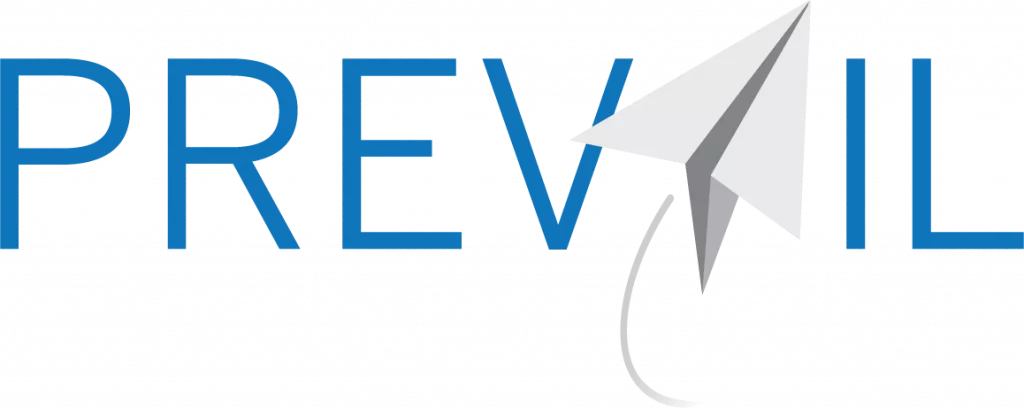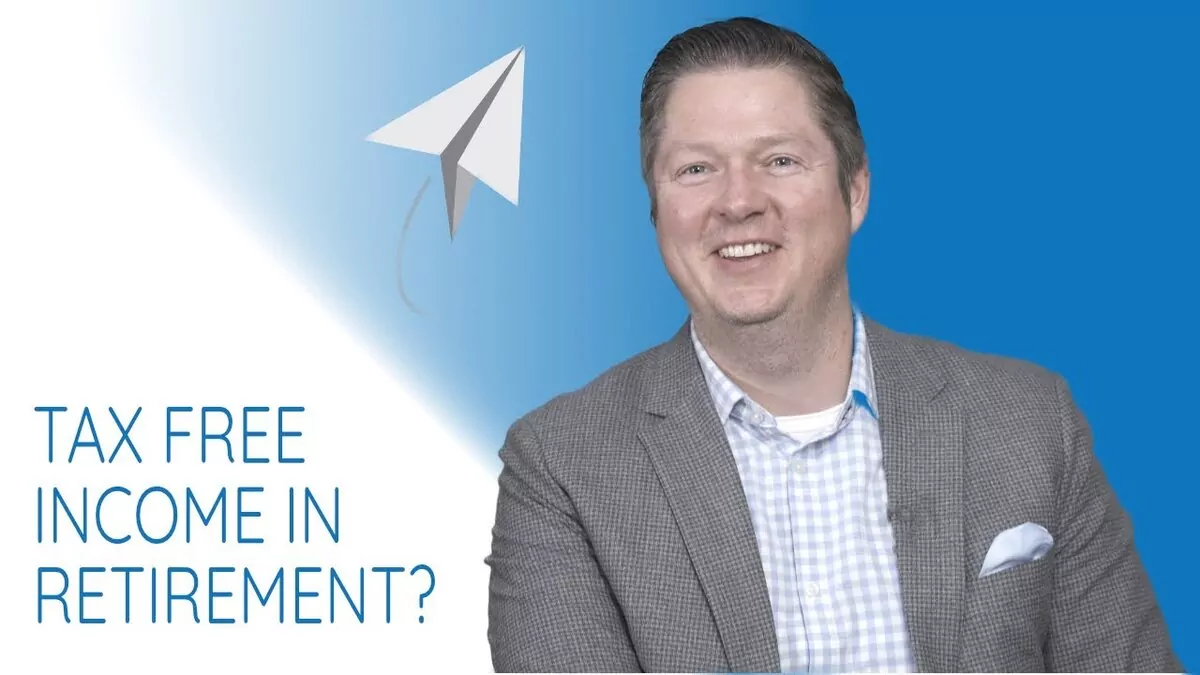The more money you can put away early in preparation for your retirement, the better, but the best preparations you can make will provide you with tax-free income in retirement. Since most people will need to pay taxes not only on their social security disbursements but also on any pension plans being drawn from, and early withdrawals from certain retirement funds.
Tax-Free Income In Retirement Is Common
Having too much income in retirement can cause up to 85% of your social security subject to income taxes. This burden can significantly draw down retirement reserves faster when you must account for additional taxation. When properly designing your income streams, you can avoid your social security being taxed at the max rates. There are several ways to create sources of income that cannot be taxed, however, when leveraged properly these accounts can fill the sometimes significant gaps in your income needs during retirement.
Sources Of Tax-Free Income In Retirement
There are many ways that you can create sources of tax-free income in retirement either once you’re already nearing retirement age or well beforehand. For options beyond these common strategies, speak with your wealth management advisor.
Roth IRA
A Roth IRA is a very common way to invest in your retirement and allows the owner to contribute $6,000 per year (or $7,000 for those age 50 and up making “catch-up” contributions). The contributions aren’t tax-deductible, however, the money will be allowed to grow tax-free and when you withdraw the money in retirement it also remains untaxed.
401(k)
Your 401(k) is also a great place to invest money for retirement that can be used with little to no taxation once you reach retirement age. Just like contributions to your Roth IRA, the withdrawals and the growth of assets in the account are tax-free. A 401(k) will also have a significantly larger contribution cap for the 2022 year of $20,500 for those under 50, and $27,000 if you’re 50 or older.
Permanent Life Insurance
Permanent life insurance policies will not only give you a solid source of the cash value that you build over time but that cash value can be leveraged in various ways. The guaranteed growth will be able to provide some tax-free income, and it can also be borrowed against and invested in other ways. These are distinctly different from term life insurance policies, which do not build any cash value.
Section 7702 Plan
These are also known as TFRAs or tax-free retirement accounts. They are a type of long-term retirement investment that can reduce or eliminate taxes on your retirement income. They are funded with the cash value grown in your permanent life insurance policy and are funded with income that has already been taxed. This allows the owners of the policy to borrow against the value for tax-free loans, and there is no early withdrawal penalty for taking funds out before age 59 ½.
Understand Required Distributions
Many different retirement plans have required minimum distributions, which will require you to begin taking money out of them at a minimum rate beginning at a specified age, often 72. If you’re trying to wait as long as possible before dipping into your retirement funds, understanding the minimum distributions for your accounts is crucial. Profit-sharing plans, 401(k) plans, 403(b) plans, and more have these required distribution caveats.
For More Information On Creating Tax-Free Income Streams For Retirement
Even though many people think they have a solid retirement plan, they frequently forget just how much they could give up due to taxes, which can create significant financial impact and stress later on. For more information on how you can build the best possible portfolio of tax-free income in retirement, talk to a Prevail professional today and iron out any wrinkles in your wealth management strategy.

















